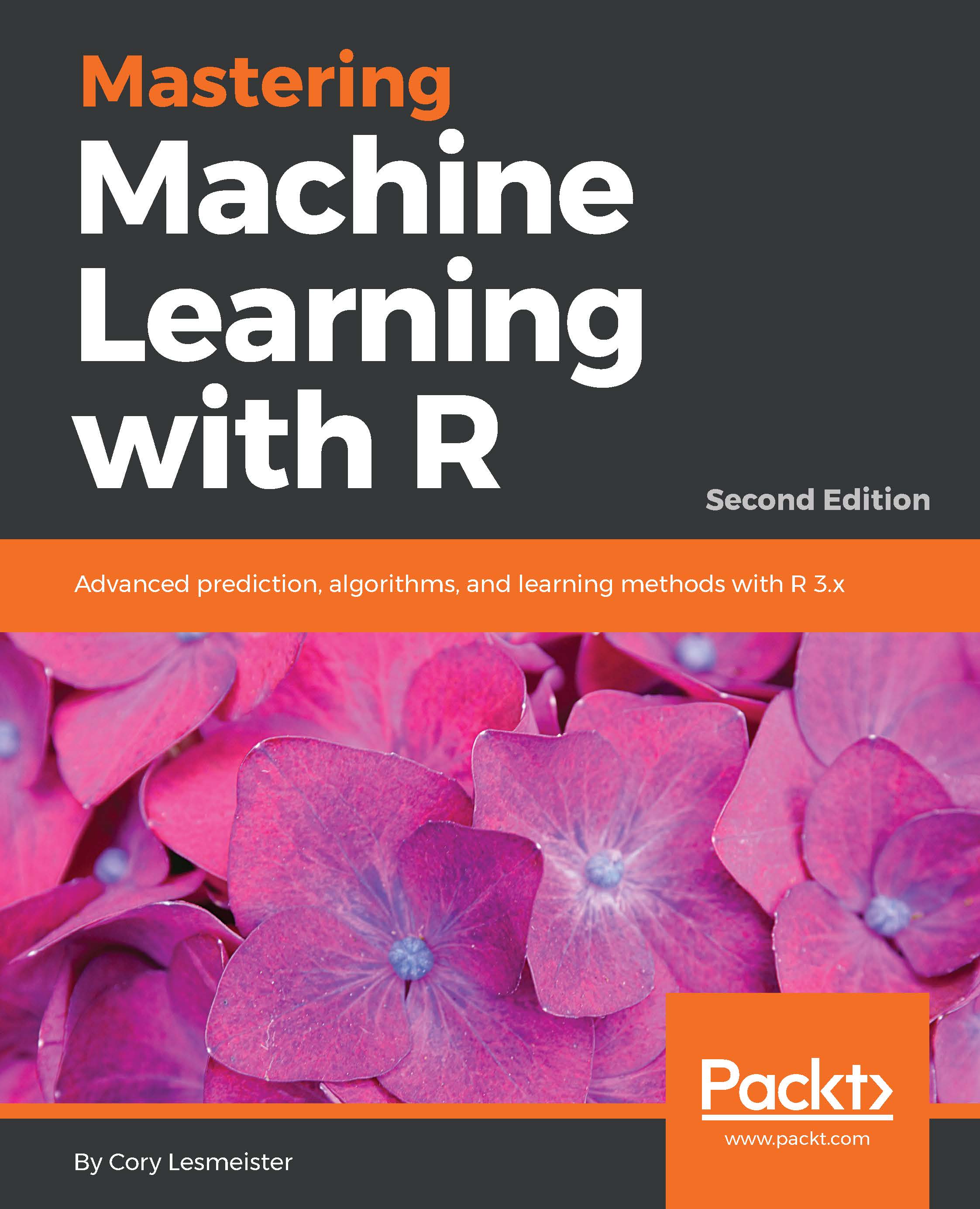-
Book Overview & Buying

-
Table Of Contents

Mastering Machine Learning with R - Second Edition
By :

Mastering Machine Learning with R
By:
Overview of this book
This book will teach you advanced techniques in machine learning with the latest code in R 3.3.2. You will delve into statistical learning theory and supervised learning; design efficient algorithms; learn about creating Recommendation Engines; use multi-class classification and deep learning; and more.
You will explore, in depth, topics such as data mining, classification, clustering, regression, predictive modeling, anomaly detection, boosted trees with XGBOOST, and more. More than just knowing the outcome, you’ll understand how these concepts work and what they do.
With a slow learning curve on topics such as neural networks, you will explore deep learning, and more. By the end of this book, you will be able to perform machine learning with R in the cloud using AWS in various scenarios with different datasets.
Table of Contents (17 chapters)
Preface
 Free Chapter
Free Chapter
A Process for Success
Linear Regression - The Blocking and Tackling of Machine Learning
Logistic Regression and Discriminant Analysis
Advanced Feature Selection in Linear Models
More Classification Techniques - K-Nearest Neighbors and Support Vector Machines
Classification and Regression Trees
Neural Networks and Deep Learning
Cluster Analysis
Principal Components Analysis
Market Basket Analysis, Recommendation Engines, and Sequential Analysis
Creating Ensembles and Multiclass Classification
Time Series and Causality
Text Mining
R on the Cloud
R Fundamentals
Sources
